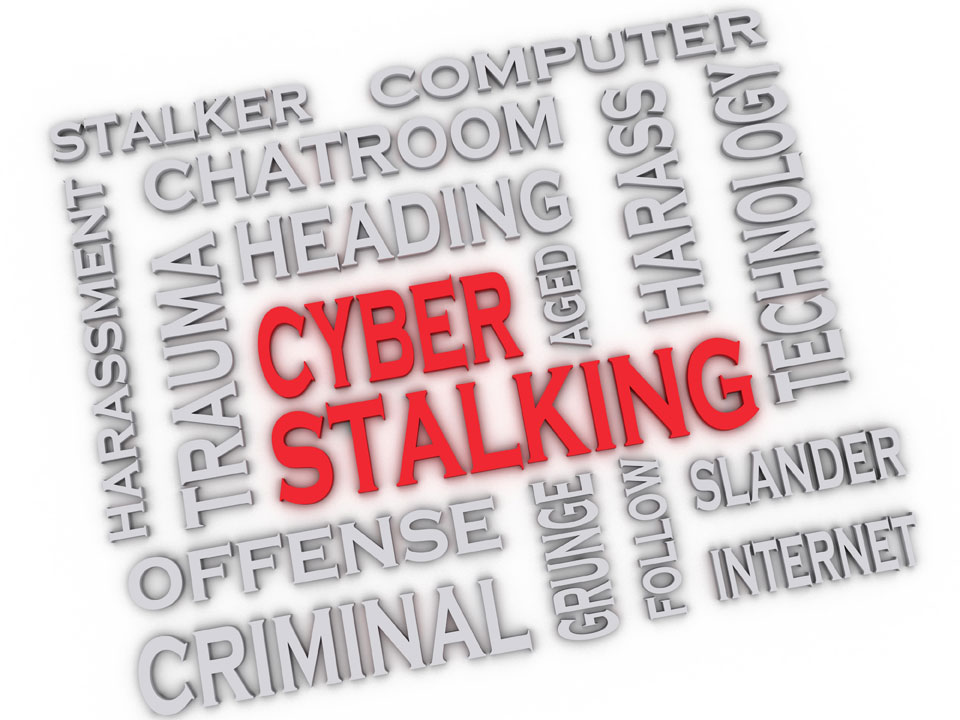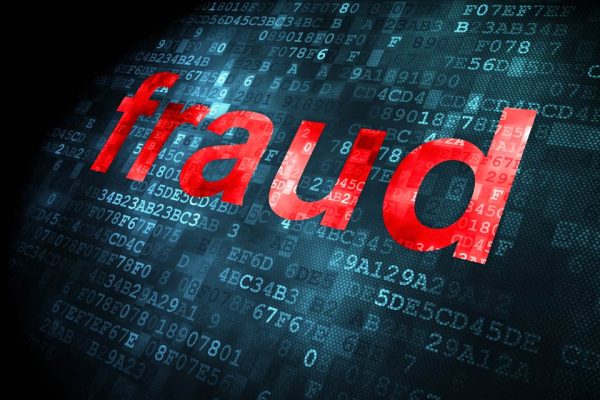 Why Is Cyberstalking and Cyberbullying Difficult to Address?
Why Is Cyberstalking and Cyberbullying Difficult to Address?
Cybercrime of all sorts, including cyberstalking and cyberbullying, is often difficult to address because it’s hard to know who the criminal is. The online environment provides many ways for even an inexperienced stalker to hide their identity. The mere fact that they can hide behind a veil of anonymity is an extra lure to some people to engage in illegal behavior.
In addition, digital evidence is harder to protect than “real world” evidence, which can be photographed, handled, and locked in an evidence locker. In a cyberstalking case, by contrast, the perpetrator might set up their computer to automatically wipe all evidence or delete all history if anything is tampered with. Investigators who are inexperienced can contaminate evidence simply by looking at it, and proof can be difficult when there’s a possibility that the suspected perpetrator has been hacked.
Furthermore, pursuing legal action against cyberstalking can be difficult because laws haven’t always been written in all jurisdictions to cover this new category of crime. Different agencies and courts handle cybercrimes in different jurisdictions, and it’s often hard even to establish which court has jurisdiction if the stalker is in a location far removed from the victim.
Cyberstalking is a crime where the victim is harassed by electronic communication, like email, instant messages (IM), or even discussion groups. Frequently the stalker attacks the victim for reasons of anger, revenge or control. The term can also apply to a “traditional” stalker who uses technology to trace and locate their victim and their movements more easily (e.g. using Facebook notifications to know what party they are attending).
A cyberstalker’s intent is to harm their intended victim using the anonymity and untraceable distance of technology. In many situations, the victims never discover the identity of the cyberstalkers who hurt them, despite their lives being completely upended by the perpetrator.
How We Can Help With Your Cyberstalking or Cyberbullying Situation
While tracking down evidence and finding cyberstalkers can be difficult, trained computer forensic specialists have tools and methods that allow them to find, recover, and preserve evidence. At Computer Forensics Resources, we work with the victims of cyberstalking to learn any valuable information about the possible identity of the stalker, and we look for evidence of other similar harassment. We isolate threats of physical harm and preserve them as evidence for legal authorities.
During our work, we keep a complete chain of evidence, which we protect in multiple ways to make sure it isn’t destroyed either inadvertently or maliciously. We recover deleted data when necessary, and we follow IP trails the track down the identity of the cybercriminals. In most cases, we know far more about how to use the internet than the stalkers do, and we’re able to find them and identify them. We then help the victim’s legal support to prepare evidence when necessary.
At every step of the way, we work with sensitivity toward our client, because we’re all too aware the cybercrime, including stalking and bullying, is a harmful and often painful experience. If you have been a victim of cyberstalking or cyberbullying, contact us to see how we can help you gather evidence, protect yourself against future attacks, and take appropriate legal action against your stalker.
Read Cyberstalking and Women – Facts and Statistics for more information.
Speak with an Expert
Our experts are available for a free consultation at any time. Contact us and we’ll get to work immediately on your problem.

Business Fraud

Divorce Cases

Employment Disputes

